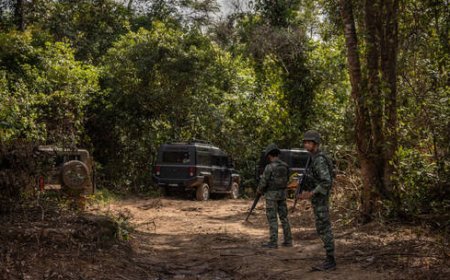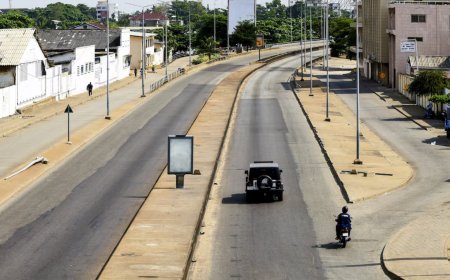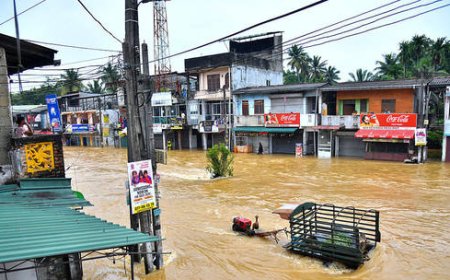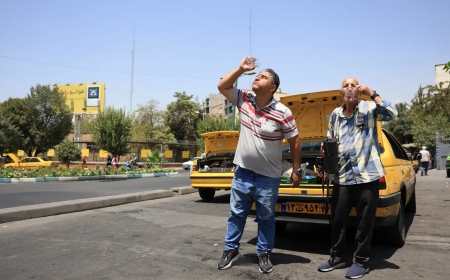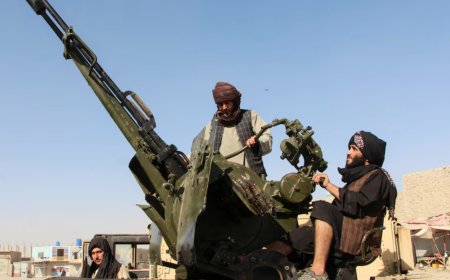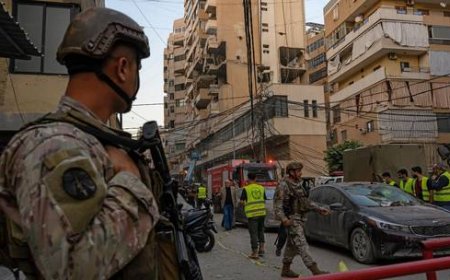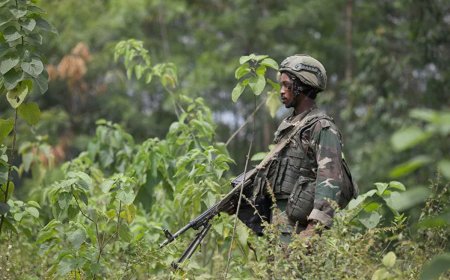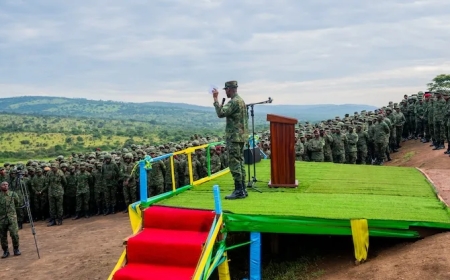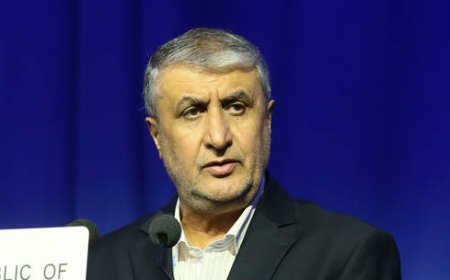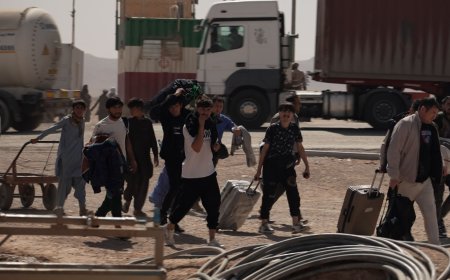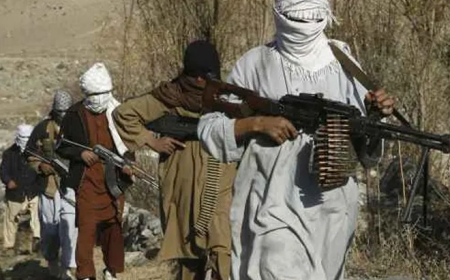More Cities Run Dry as Iran’s Water Crisis Deepens
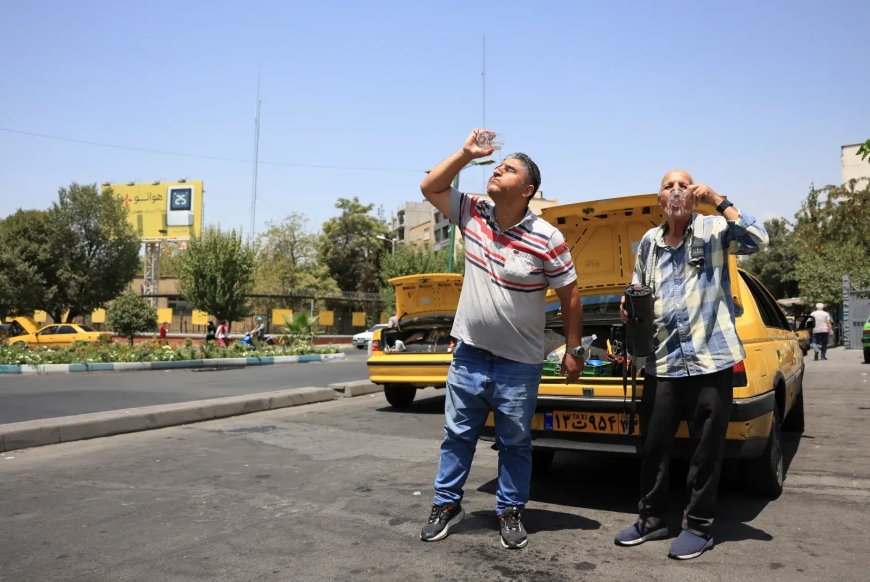
Water reserves in Mashhad, Iran’s second-largest city and one of its most important religious centers, have fallen below 3 percent of capacity, putting the city’s 4 million residents on the brink of a major water emergency.
The crisis in Mashhad is just one sign of a nationwide catastrophe, as Iran faces up to the consequences of worsening droughts, record-low rainfall and decades of mismanaged water resources. Policies that favored building new dams and drilling deep wells over maintaining infrastructure and promoting conservation have left the country facing severe water shortages.
Newsweek has contacted Iran's Foreign Ministry for comment.
Why It Matters
Mashhad, home to the Imam Reza shrine that attracts millions of pilgrims, is among several Iranian cities facing shrinking reservoirs and depleted aquifers. Tehran, the capital, has also struggled with falling water levels and periodic rationing, while major lakes such as Lake Urmia in the northwest have largely dried up after decades of mismanagement and reduced inflow. The widespread shortages reflect how declining rainfall and poor infrastructure planning have strained both urban supply and agriculture.
Without urgent conservation and reform, large population centers could face lasting shortages. As a major food producer for the region, Iran’s worsening crisis threatens to reduce agricultural output and undermine food security in neighboring countries, while growing pressure on shared river basins risks heightening regional tensions.
On Sunday, Hossein Esmaeilian, managing director of the Mashhad Water and Wastewater Company, told state media that Mashhad’s water reserves have dropped to below 3 percent. He said while consumption has fallen slightly during colder months, “the current situation shows that consumption management is no longer just a recommendation, but a necessity.”
Esmaeilian added that total precipitation in Mashhad county this year has been only 0.4 millimeters—compared with 27 to 28 millimeters last year. He noted reservoirs currently supply only 1,000 to 1,500 liters per second of Mashhad’s total consumption of 8,000 liters per second, a deficit that leaves the city vulnerable to rationing.
Potential Rationing Measures
Esmaeilian said residents should prioritize conservation to prevent supply disruptions over the next one to two months. He said a roughly 20 percent cut in consumption could avert rationing, but Hassan Hosseini, deputy governor of Mashhad, said authorities are reviewing a regional rationing plan that could take effect before the end of autumn if drought persists.
Officials Shift Responsibility
In recent weeks, several Iranian officials have blamed public overconsumption, urging citizens to reduce use, “pray for rain,” and show “moral discipline.” Energy Minister Abbas Aliabadi announced nightly water cuts nationwide and called on residents to install home water storage systems, while acknowledging costs may be prohibitive for many.
President Masoud Pezeshkian recently warned that Tehran could soon face further water rationing if rainfall does not increase, cautioning that even these measures might not be enough to avert a crisis.
“If rationing doesn’t work,” Pezeshkian said, “we may have to evacuate Tehran.”
Years of Mismanagement
Despite repeated warnings, Iran’s water management approach favored dams and groundwater extraction over maintaining distribution networks and conservation. Those policy choices have contributed to declining aquifers and greater vulnerability when rainfall is insufficient.
Water reserves in Mashhad, Iran’s second-largest city and one of its most important religious centers, have fallen below 3 percent of capacity, putting the city’s 4 million residents on the brink of a major water emergency.
The crisis in Mashhad is just one sign of a nationwide catastrophe, as Iran faces up to the consequences of worsening droughts, record-low rainfall and decades of mismanaged water resources. Policies that favored building new dams and drilling deep wells over maintaining infrastructure and promoting conservation have left the country facing severe water shortages.
Why It Matters
Mashhad, home to the Imam Reza shrine that attracts millions of pilgrims, is among several Iranian cities facing shrinking reservoirs and depleted aquifers. Tehran, the capital, has also struggled with falling water levels and periodic rationing, while major lakes such as Lake Urmia in the northwest have largely dried up after decades of mismanagement and reduced inflow. The widespread shortages reflect how declining rainfall and poor infrastructure planning have strained both urban supply and agriculture.
Without urgent conservation and reform, large population centers could face lasting shortages. As a major food producer for the region, Iran’s worsening crisis threatens to reduce agricultural output and undermine food security in neighboring countries, while growing pressure on shared river basins risks heightening regional tensions.

What People Are Saying
Hossein Esmaeilian, managing director of the Mashhad Water and Wastewater Company said on Sunday: “The water reserves of Mashhad’s dams have now dropped to below 3 percent…consumption management is no longer just a recommendation, but a necessity”
Iran President Masoud Pezeshkian said on November 6: "If it doesn’t rain, we will have to start restricting water supplies in Tehran next month. If the drought continues, we will run out of water and be forced to evacuate the city."
What Happens Next
Officials are pinning their hopes on winter rains, but without substantial precipitation or urgent structural reforms, Mashhad—and other major Iranian cities—could plunge into one of the most catastrophic urban droughts in the nation’s modern history. Authorities are reportedly preparing contingency plans at the provincial level, underscoring the severity of a crisis that could disrupt millions of lives.



